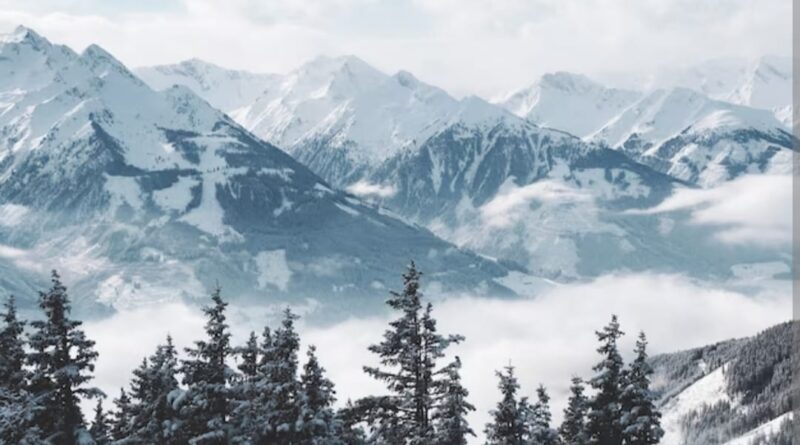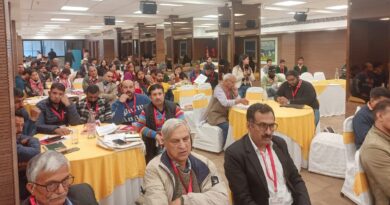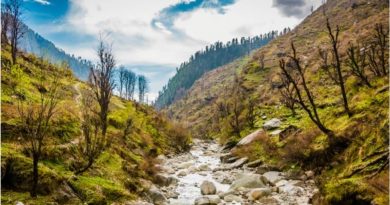Climate Anomalies in Himachal Pradesh During 2023: A Year of Unprecedented Weather Extremes
In the year 2023, Himachal Pradesh witnessed a stark shift in climate patterns, experiencing erratic and extreme variations in rainfall and snowfall. The Indian Meteorological Department (IMD) highlighted this departure from the norm, presenting alarming data reflecting significant changes in temperature and precipitation across the seasons in North West India, particularly in the NW Himalayan region.
According to the IMD’s findings released on January 1, 2024, the weather conditions in 2023 exhibited abrupt changes, including deviations in rain, snow, cloudbursts, and notable alterations from the average in temperature across all seasonal conditions.
The press release disclosed results for October, November, and December of 2023, indicating a substantial deficiency of 45 percent in rain and snow during the post-monsoon season in Himachal Pradesh. The state experienced a departure of (-45%) with actual rainfall measuring 45.2mm against the normal rainfall of 82.9mm.
In December 2023, the precipitation reached its lowest, with an overall deficit of (-85%), recording actual rainfall at 5.8mm against the normal 38.1mm. This deficiency was consistent across all districts, marking a challenging month for the region.
Interestingly, the winter season in December was unusually warmer, with three districts—Kinnaur, Lahaul Spiti, and Chamba—recording highly deficient snowfall at 99 percent, 84 percent, and 78 percent, respectively. Mid-hill regions, including popular tourist destinations like Shimla and Kullu, experienced a significant lack of precipitation, with rainfall deficits of (-84%) and (88%).
All 12 districts faced deficient precipitation, with Sirmour (-96%) and Hamirpur (-90%) being among the most affected. The IMD reported mainly dry weather conditions throughout December, with isolated precipitation occurring on five days in certain districts.
Despite the overall scarcity of precipitation, some areas did receive sporadic rainfall and snowfall. For instance, Gondla in Lahaul Spiti recorded the highest snowfall at 12 cm, while Dalhousie in Chamba had the highest rainfall at 26 mm on December 1, 2023.
In total, Himachal Pradesh experienced a 20% surplus in rainfall for the year 2023, receiving an actual seasonal rainfall of 884.8mm against the normal 734.4mm. The monsoon season, characterized by erratic and concentrated rainfall, broke a 75-year record. However, this surplus rainfall came at a cost, with the state grappling with 168 landslides, 52 cloudbursts, and 72 flash floods, resulting in significant loss of life and property amounting to around Rs 12,000 Crores.
In an unexpected turn, February 18, 2023, saw Shimla recording a maximum temperature of 23.2 degrees, shattering a 123-year-old record for winter temperatures. The state experienced mainly sunny days in December, with moderate fog observed in isolated places. Despite the winter season, temperatures remained above normal, providing a unique experience for the lakhs of tourists who sought warm and clear weather in anticipation of snowfall. The departure from the usual cold wave and frost added an unusual twist to the winter landscape, making 2023 a year to be remembered for its unprecedented weather extremes in Himachal Pradesh.




Increased greenhouse gas emissions trap heat, leading to a rise in global temperatures. This can alter weather patterns, disrupting the usual rain and snow cycles in the Himalayas.